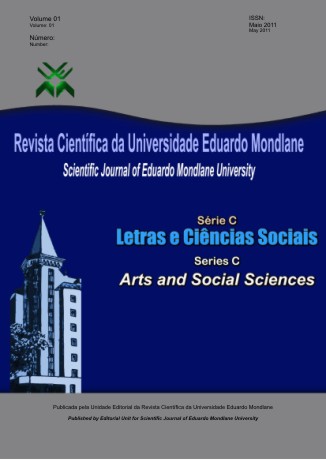O que é Tudo?
Publicado
2025-04-14
Como Citar
Reis, C., Medeiros, A., & Lessa, L. (2025). O que é Tudo?. Revista Científica Da Universidade Eduardo Mondlane, Série: Letras E Ciências Sociais, 4(1). Obtido de http://revistacientifica.uem.mz/revista/index.php/lcs/article/view/39

